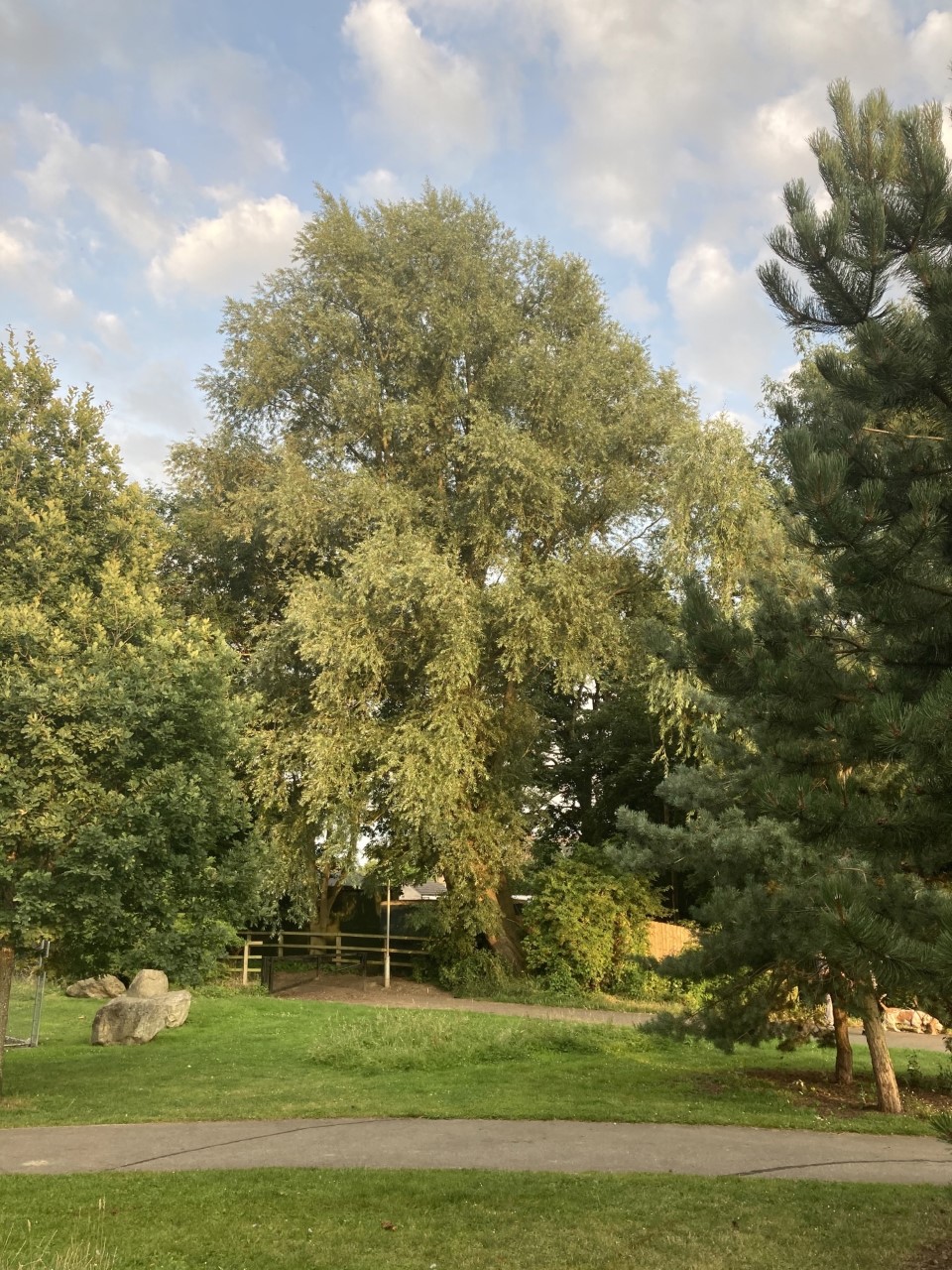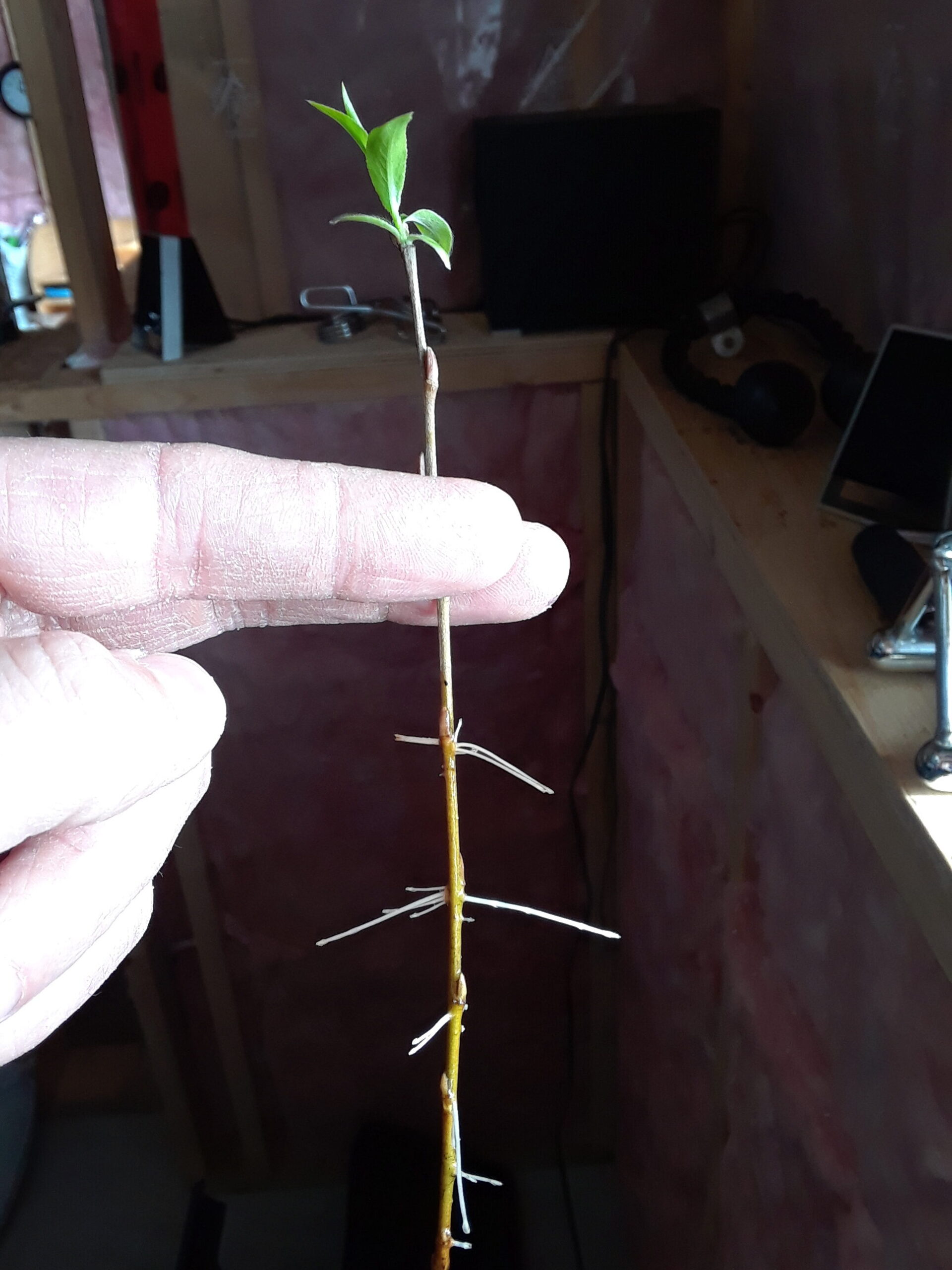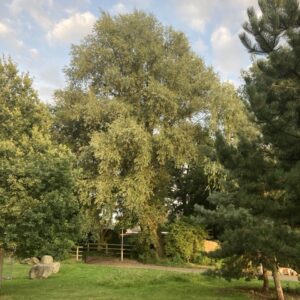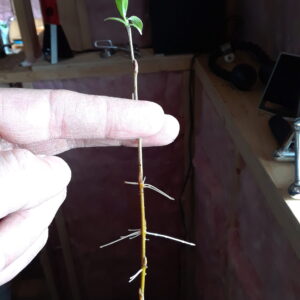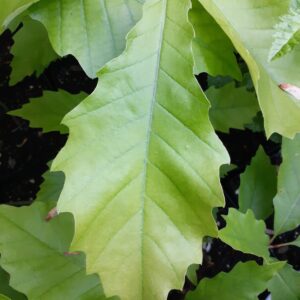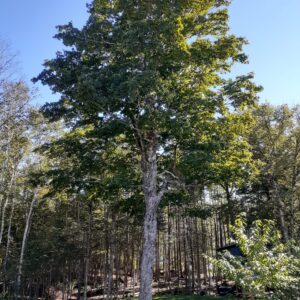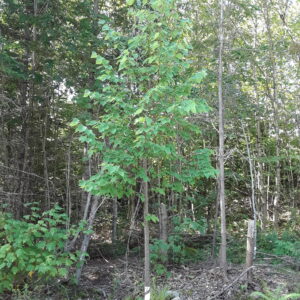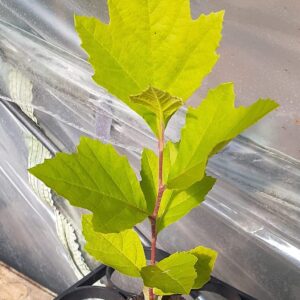White Willow
Salix Alba
Like all willow species, the White Willow leafs-out early, thrives on wet sites and grows very fast. A large, Eurasian species that lacks the classic weeping habit but makes up for it with beautiful dark-green, lance-shaped leaves with silvery-white undersides. Often found growing naturally on riversides. A valuable tree to humans over the ages. The bark contains the chemical salicin which was used to relieve pain and in more recent times in the development of Aspirin. Male and female flowers appear early on separate trees and provide an early source of nectar for bees and other insects. Tiny, cottony seeds emerge from seed capsules on female trees in mid summer and are blown for miles on the breeze.
Additional information
| Foliage | Deciduous |
|---|---|
| Locale | Native to Asia, Native to Europe |
| Height | Large (60-100ft) |
| Width | Wide |
| Form | Irregular |
| Growth Rate | Fast |
| Longevity | Short (under 50 years) |
| Hardiness Zones * | 2, 3, 4, 5 |
| Sun Exposure | Full Sun (over 6 hrs), Partial Sun (4 to 6 hrs) |
| Soil Preferences * | Slightly Acidic, Well Draining, Wet |
| Soil Tolerances | Clay, Slightly Alkaline |
| Other Tolerances | Occasional Flooding, Road Salt, Walnut Toxicity |
| Ornamental Interest | Leaves (shape) |
| Wildlife Value | Bees (flowers), Birds (fruits/seeds), Butterflies (flowers), Butterfly Larvae (leaves), Insect Pollinators (flowers) |
| Human Value | Carpentry (wood) |
| Seed Collection | Grown from Cuttings |
| Planting Considerations | Intolerant of Drought, Intolerant of Full Shade, Plant away from Sewer Pipes, Prone to Ice Damage, Prone to Wind Damage, Shallow Roots |




